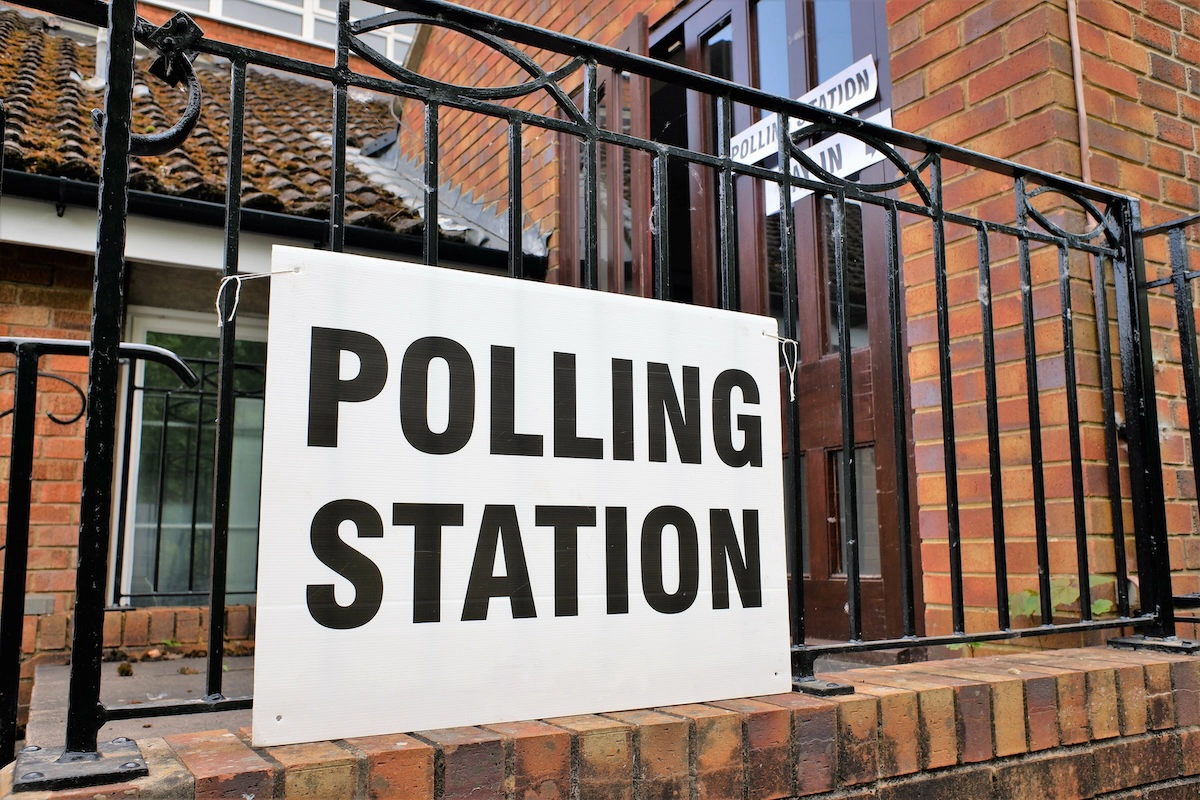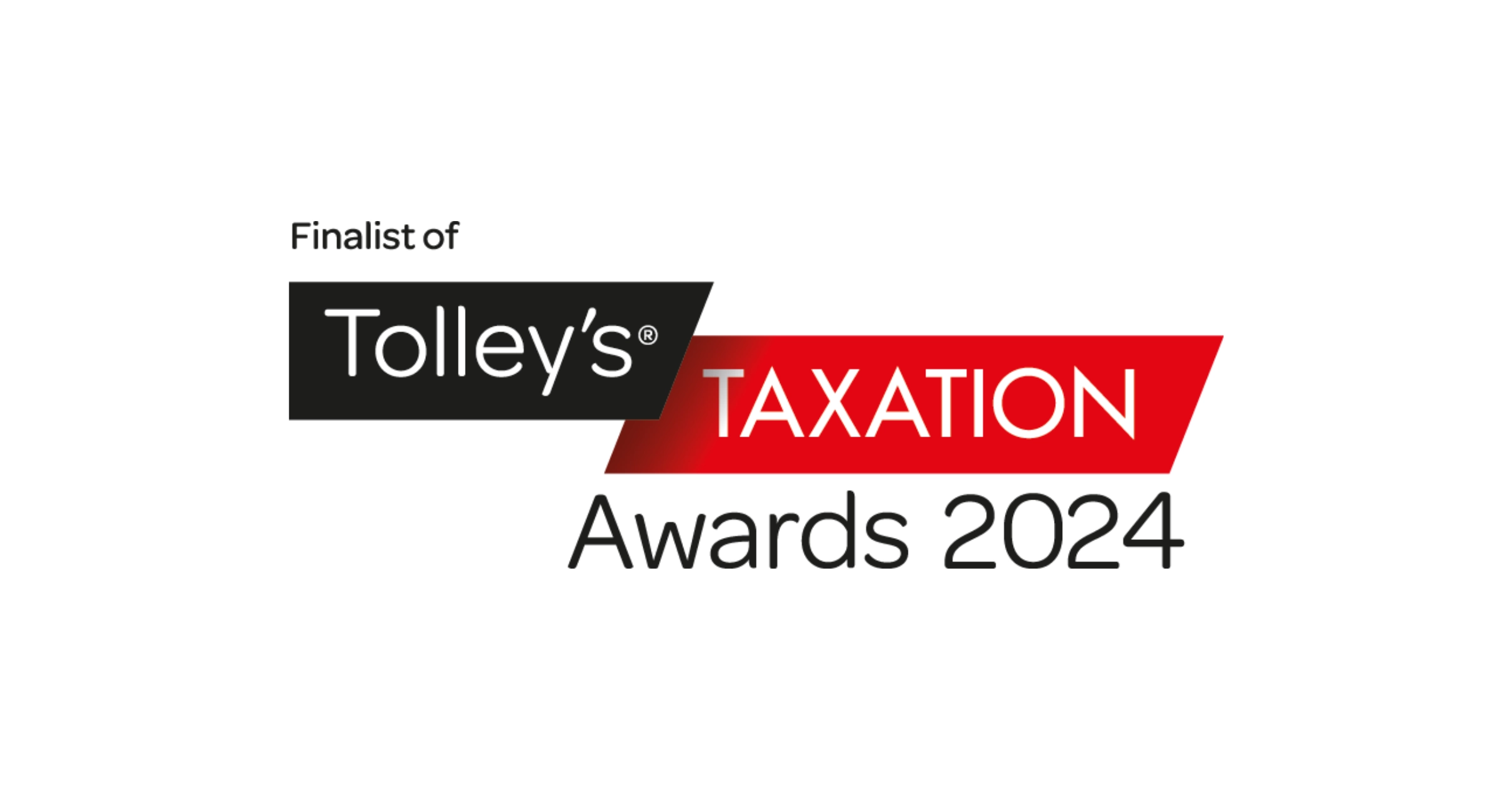One of the difficulties of “getting SEIS” is figuring out how to navigate the claim process. What do you need to do for your company to qualify for SEIS? And to actually get the tax relief for your investors?
This is actually relatively simple. At least for the vast majority of companies.
And yet there are not that many good overviews around. So, here is an attempt to provide one.
Step 1: Don’t disqualify yourself
The hardest step is to make sure you don’t disqualify your company from SEIS.
In theory, unless you’re trying to abuse the scheme in some way, this should be easy, since the vast majority of the SEIS regulations are about preventing tax avoidance rather than throwing needless hurdles in the way of bona fide startups.
And yet, as with any government legislation, there are a lot of little snags that can inadvertently disqualify a company.
Some are fairly obvious.
For example, you might think that it’s a great idea if you invest some money in your friend’s startup and they invest some in yours, and this way you both get SEIS relief.
Everyone wins! Except for HMRC, that is. And HMRC really doesn’t like to be taken for a ride, so they’ve put in a requirement that disallows reciprocal investments:
The investor (“P”) must not subscribe for the relevant shares as part of an arrangement which provides for another person to subscribe for shares in another company in which P, or any other individual who is party to the arrangement, has a substantial interest.
That’s a fairly obvious one to anyone who reads through the legislation. But I doubt many entrepreneurs and investors have had the time.
A whole lot of the regulations also focus on various types of pre-arrangements that can disqualify the investor, the company, or both.
Those can be subtler. For example, HMRC states that:
“The issuing arrangements for the relevant shares must not include […] arrangements the main purpose of which, or one of the main purposes of which, is (by means of any insurance, indemnity or guarantee or otherwise) to provide partial or complete protection for persons investing in shares in the issuing company against what would otherwise be the risks attached to making the investment.”
As an entrepreneur trying to raise money, it’s tempting to try and make it as safe as possible for investors. As an investor, of course, there is strong incentive to reduce risk. For example by getting preferential rights if the company is sold, or anti-dilution clauses, or other means that seem, on the surface, sensible.
However, as the paragraph above illustrates, if you (or the investors) make any arrangements that provide “partial or complete protection” for the investors, they will probably lose the benefit of SEIS.
Importantly, such arrangements don’t have to be made with the company’s knowledge for them to be disqualifying. So your investors could disqualify themselves without your knowledge, by coming to such an arrangement themselves.
Make sure you read the rules or find someone who has read the rules – otherwise it’s very likely that you’ll inadvertently hit one of these snags.
Step 2: Issue the shares properly
In order to qualify for SEIS, the shares must be issued properly, formally, following the due process. The best way to do this and be safe is to use an accountant to handle the process (among other benefits, you can sue them if they screw it up – the net result of this being that they don’t screw it up).
Most accountants can handle this with their eyes closed, but they will still charge you for it (that’s the way accountants work!).
If you choose to do it yourself, make sure you follow these steps:
- Pass a board resolution to sell the shares.
- Make sure there will be a money transaction for the shares within a few days of the shares being allocated. That’s what HMRC will consider the price of the shares. If the transaction comes a month later, they may not consider it linked.
- File an 88(2) form with Companies House (can be done online) to inform them of the share allocation.
- Prepare some properly signed Share Certificates for your investors.
- Update the Registry of Members to reflect the new Members (your investors!).
Step 3: Start trading and wait 4 months
You can’t get on with the next step until you’ve either been trading for 4 months (after the issue date of the shares) or have spent 70% of the money.
Step 4: File a Compliance Statement with HMRC
This states that you have been following the rules and that therefore your investors qualify for SEIS relief.
It will typically include some supporting documentation as to why you qualify.
You don’t have to include a lot of information. But if HMRC has a question that they can’t answer, they’ll have to ask you, and then you’ll have to provide that information anyway.
Step 5: Receive the authorisation from HMRC
If everything goes well, HMRC will respond to your compliance statement with a nod, and you will be officially authorised to proceed to the next step!
Step 6: Issue a Compliance Certificate to your investors
The Compliance Certificate is the piece of paper that your investors need to claim their SEIS relief.
Step 7: Your investors file for SEIS relief
Investors can then use the Compliance Certificate when filing their self-assessment to obtain their SEIS relief.
That typically happens many months later, and it is really the investors’ responsibility rather than the company’s.
Most investors will already have their own accountant, who can handle this part of the process for them.
That’s it!
That’s all there is to SEIS if everything goes according to plan. Hopefully, this straightforward overview can take some of the mystery away…






